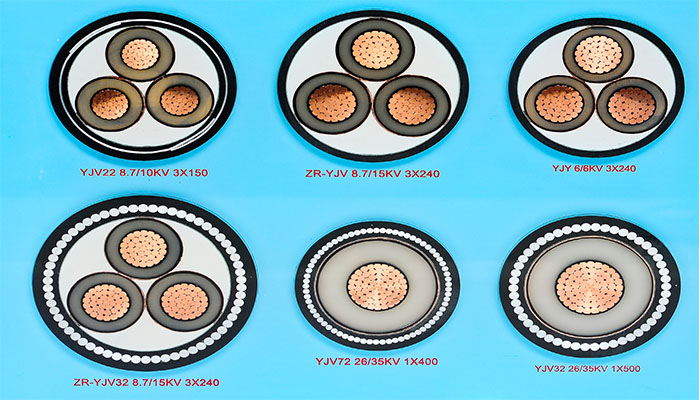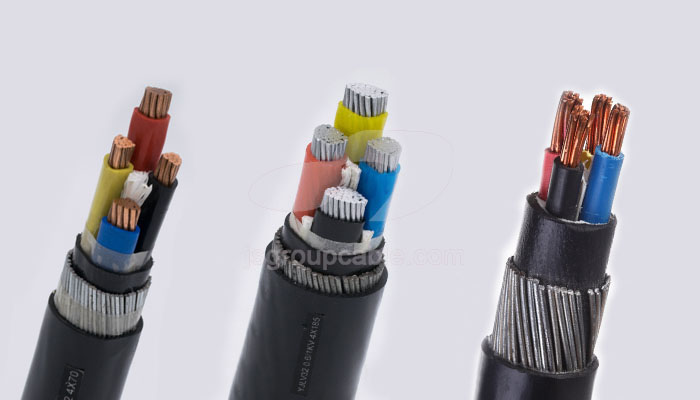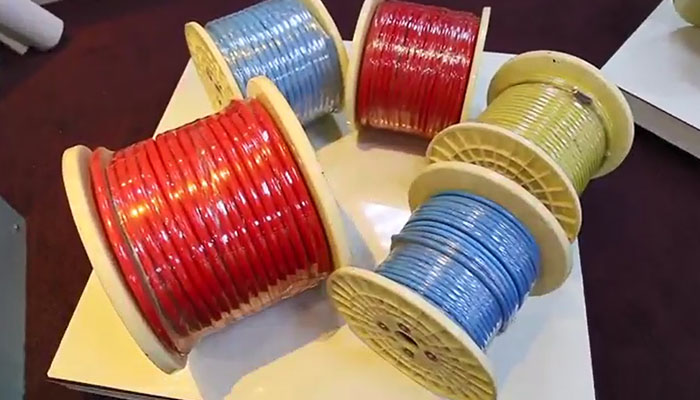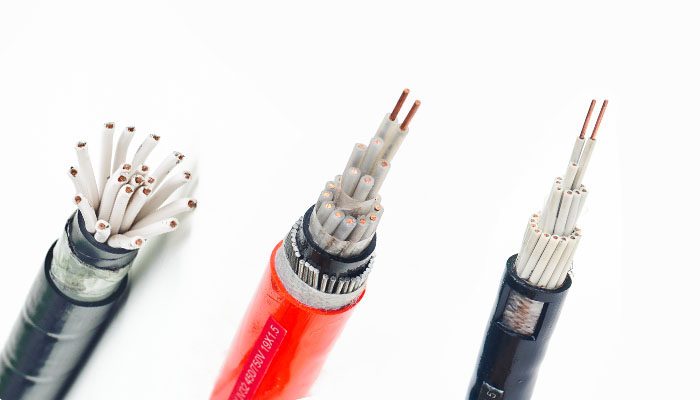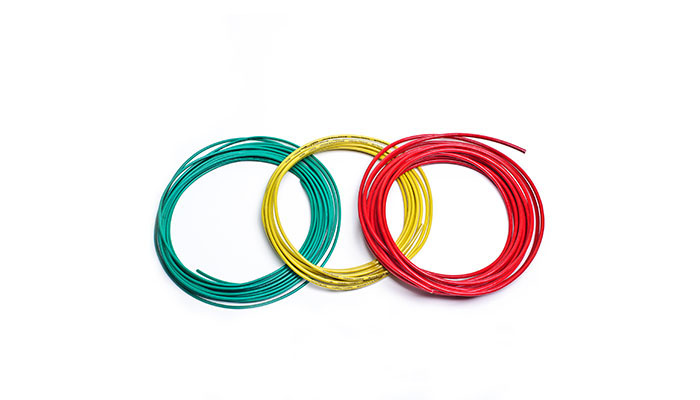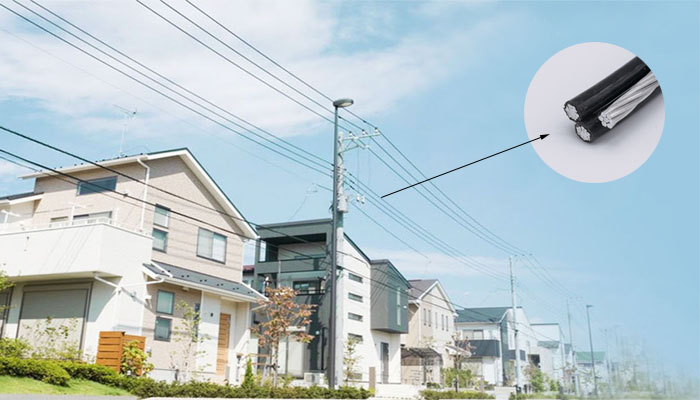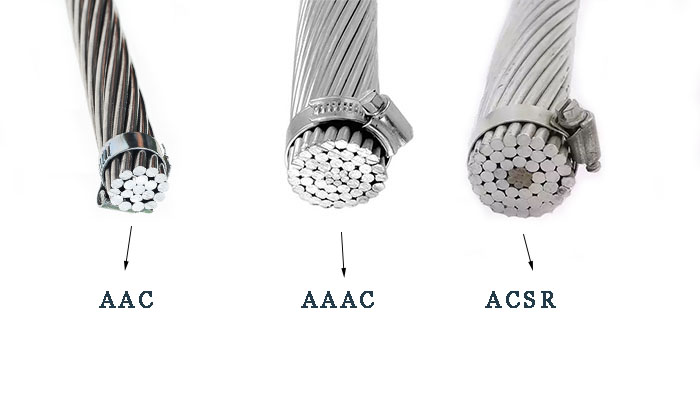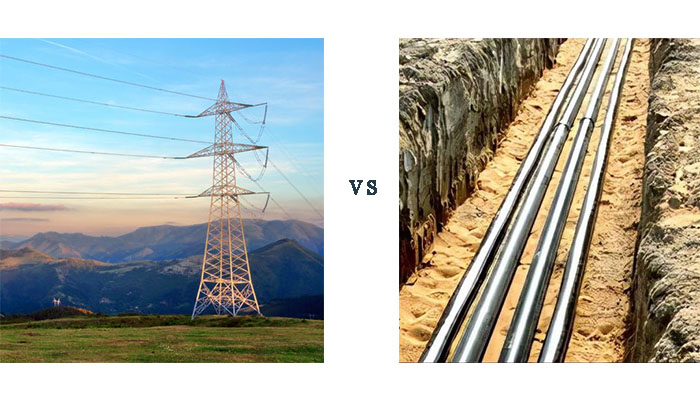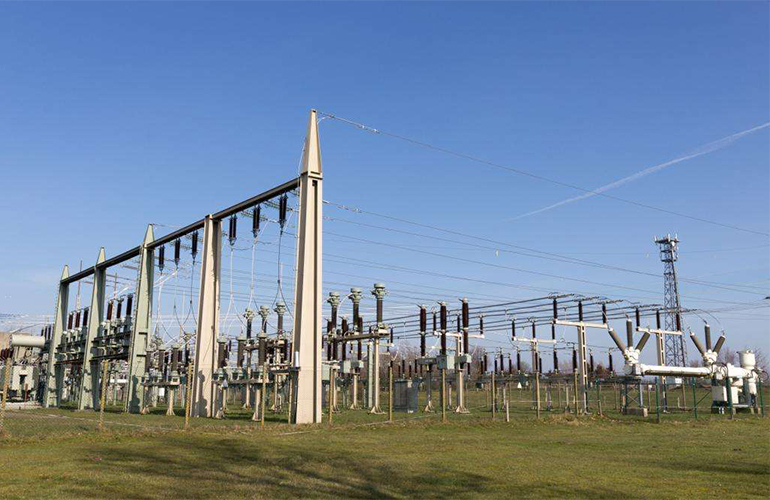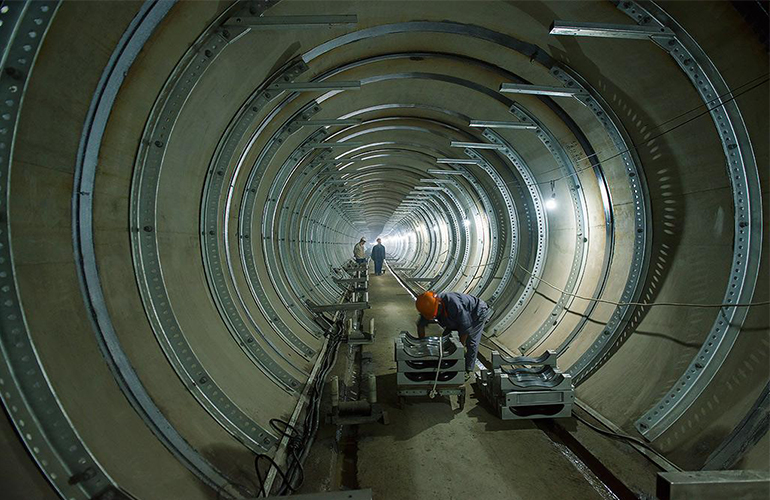- Offices Time:24 Hours Online
- Email:[email protected]
- WhatsApp:+8618339938759
News
Posted on:April 6, 2023
The Complete Guide to Medium Voltage Cables
Medium voltage cables are commonly used in power distribution networks, connecting substations to transformers, switchboards and other electrical equipment.
Read MorePosted on:April 3, 2023
450/750V PVC insulated wire
450/750V PVC insulated wire refers to an electrical wire that has a voltage rating of 450/750 volts and is insulated with polyvinyl chloride.
Read MorePosted on:March 30, 2023
When is SWA cable used?
SWA cable is made up of several layers of material, including copper or aluminum conductors, insulation, bedding, steel wire armoring, and an outer sheath.
Read MorePosted on:March 27, 2023
What are the common building wire?
Building wire is designed to be installed in walls, ceilings, and floors, and is typically used to connect electrical devices, outlets, and fixtures to a power source.
Read MorePosted on:March 24, 2023
AC cables and DC cables
DC cables and AC cables are used to transmit electrical power over long distances. The primary difference between DC and AC cables lies in the type of current that they carry.
Read MorePosted on:March 21, 2023
High Temperature Wire Types
High temperature wire is a type of wire that is designed to operate effectively in high-temperature environments. These wires are usually made of materials that can withstand temperatures higher than those of standard wires.
Read MorePosted on:March 20, 2023
Triplex service wire
Triplex service wire is a type of electrical wire that is commonly used to deliver power from an electrical utility company to a residential or commercial building.
Read MorePosted on:March 15, 2023
The difference between AAC AAAC and ACSR
AAC, AAAC, and ACSR are all types of overhead power transmission conductors that are commonly used in electrical transmission and distribution systems. While all three conductors are made of aluminum, they differ in terms of their composition, strength, and electrical properties.
Read MorePosted on:March 14, 2023
What is the difference between overhead lines and underground cables?
Overhead lines are typically used for long-distance transmission, while underground cables are used in densely populated areas where space is limited or where the visual impact of overhead lines is undesirable.
Read More

